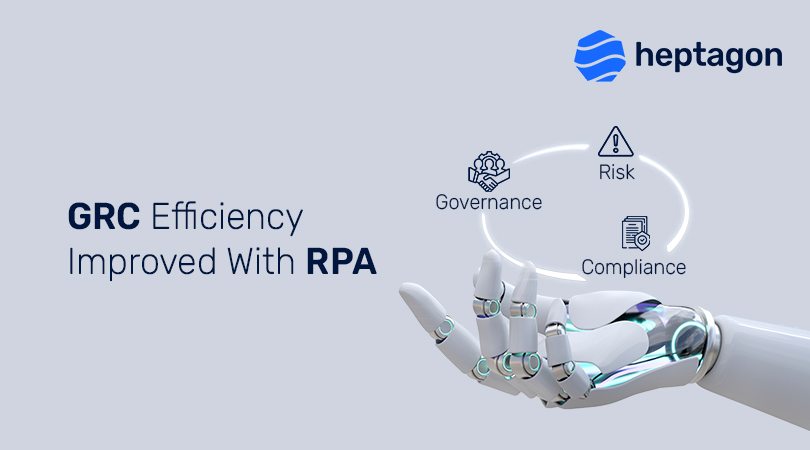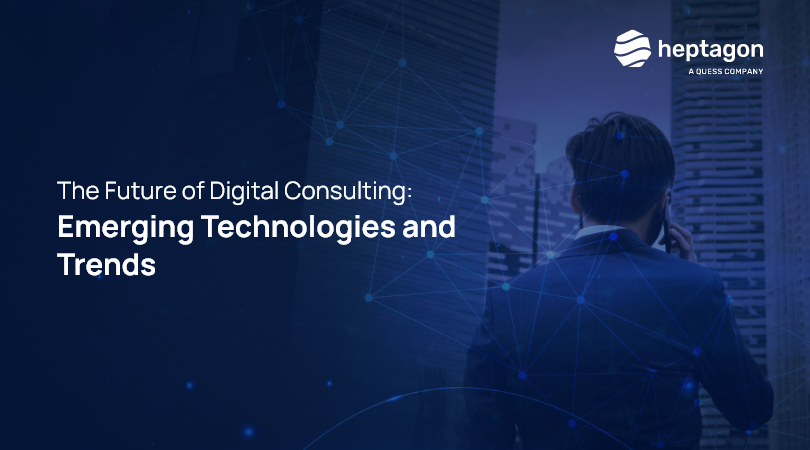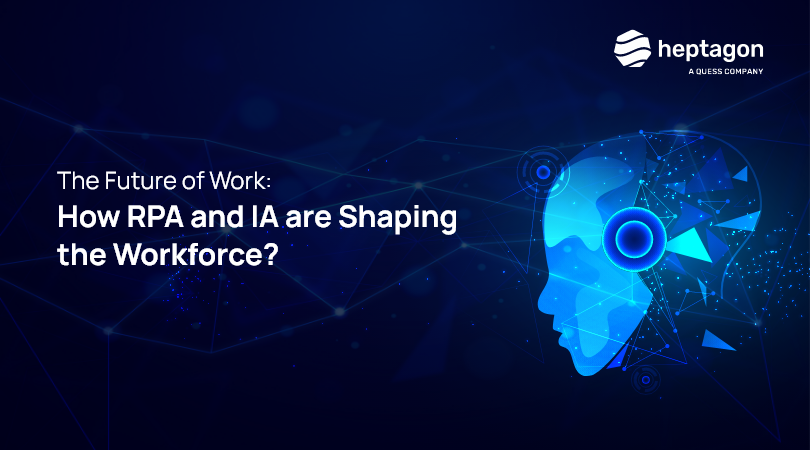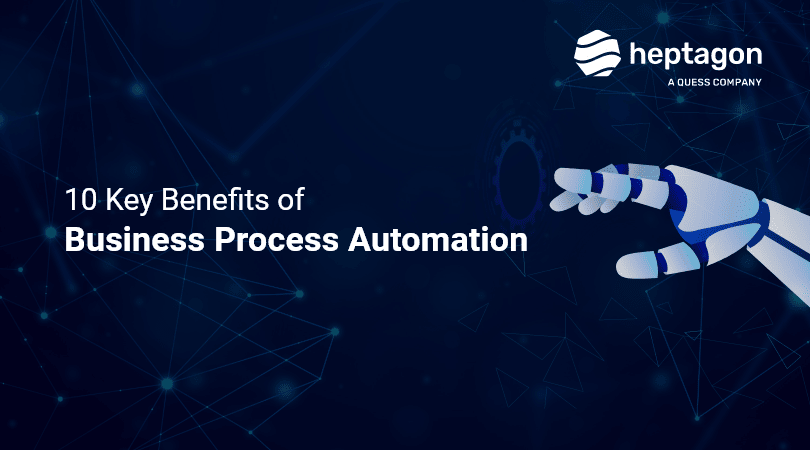The Governance, Risk Management, and Compliance (GRC) market is projected to hit $71.56 billion by the end of 2027, up from $31.95 reported in 2020. One of the most inter-reliant and diverse functions, GRC is intended to oversee regulatory requirements.
As businesses are moving their operations to digital platforms, such as the cloud, new regulatory policies for lowering risks are coming into play. No doubt, it is challenging for firms to be secure and resilient. This is where automation can help transform legacy processes to usher in digital transformation.
RPA (Robotic Process Automation) is the main strategy for business functions to establish efficiency at optimum costs. GRC is one such important business function that demands attention. RPA enables GRC to evaluate assets and manages policies, deploy control mechanisms, handle risks, and conduct audits of GRC activities.
Let’s explore the connection in more detail by understanding
- The importance of GRC
- Who is GRC for?
- The role of RPA in GRC
Why Is GRC Important?
A well-thought GRC strategy assists with decision-making and improves the company’s operations. Furthermore, it enhances visibility and collaboration with respect to the business’s assurance, performance, and governance aspects. All in all, GRC plays a key role in managing security, ethics, values, and quality alongside supporting business continuity.
The three key areas of GRC are:
- Governance: It includes rules, processes, and policies of an organization dictating corporate behavior and management.
- Risk Management: It involves cost-efficient and effective mitigation of risks that otherwise hinder internal operations and the organization’s ability to be competitive.
- Compliance: It ensures that an organization adheres to relevant standards, rules, regulations, ethical practices, and laws.
The goal of GRC is to allow an organization to run efficiently by synchronizing its workforce, data, and all activities across different departments and divisions. How a company manages its sensitive and confidential data is a perfect example of GRC. It’s noteworthy that when compliance and governance measures are put in place, companies can effectively manage or mitigate security incidences like data breaches.
Who Is GRC For?
The driving force behind GRC is the simple fact that companies would invariably face challenges and demands in the current business climate. Stakeholders require higher performance levels and transparency, while huge costs are involved in meeting the predictable and dynamic enforcements and regulations. In addition, the management is required to deal with major challenges like growing third-party relationships.
Regardless of the company size, public or private, GRC helps an organization lead its programs and objectives. It helps identify and manage risks, meet compliance and regulatory requirements, discover and retain company records, and manage GRC software installations in the company. As such, it serves multiple stakeholders, including finance managers, business executives, IT directors, and legal counsels.
Enriching GRC Efficiency With RPA
Businesses deploy different applications and tools for digital transformation. While such deployments enhance business capabilities, they might also present unidentified risks. Therefore, companies should understand the related risks of using these applications and tools.
Plus, enterprise systems have their information across multiple platforms, which makes it hard to monitor information. To compound the problem further, manual GRC workflows make data reporting on demand almost impossible. As such, businesses cannot report or prioritize issues.
Favorably, RPA automates and ensures the efficiency of various GRC activities. GRC automation enabled with RPA can gather an enormous volume of data across organizations and consolidate the information for better accountability and transparency. It also fosters strategies for business continuity and keeps tabs on compliance and regulatory issues. As a result, the business process remains consistent while avoiding financial losses and service outages.
Proactive Audit & Risk Management
GRC’s accomplishment is based on the potential to decrease regulatory risks or incidents causing operational inconsistencies. RPA bots integrate with various data management approaches, while RPA tools collect risk assessment data through constant monitoring of business operations, performing risk assessments, categorizing risks, estimating impact, and reporting risks before it occurs. This ensures risks are mitigated proactively.
Conflict-Free Governance & Compliance
Regulations, compliance, and policy procedures vary according to industry and location. Different locations may prove harder for organizations to adhere to the rules without interrupting their operations.
As such, it is important to maintain a consistent and agile approach to handling policy and compliance standards. RPA-enabled GRC ensures consistent GRC operation auditing and monitoring to detect deviations from standards, regulations, laws, and other practices and ensure the company policies are updated.
Better Relations Between Vendors & Stakeholders
Businesses look forward to the GRC framework to function with the evolving ecosystems and adapt to changes while keeping businesses risk-free and resilient. RPA-enabled GRC systems integrate different business systems, facilitate analytics, and organize data to locate inconsistencies and avoid risks.
Most importantly, automated GRC also ensures clarity to stakeholders of business operations and maintains security as well as performance. Greater transparency enhances governance results, which makes way for effective vendor and stakeholder management.
The Transformative Role of RPA
RPA runs rule-based jobs repetitively to replicate human actions. Some common examples are automatic form filling, copy/paste tasks, data extraction from a document, etc.
RPA maximizes accuracy and efficiency. It does not need an increased headcount. It could lead the first step of the company toward new-age digital automation. Once deployed, RPA helps businesses secure data, which can be fed into AI and ML systems. Leveraging this technology frees employees from repetitive and time-consuming tasks and permits them to concentrate on strategic and analytical thinking.
Most importantly, RPA can increase productivity and ensure cost control. At Heptagon, we help companies define their RPA strategy and execution for various business use cases, including GRC. Reach out to know more.



